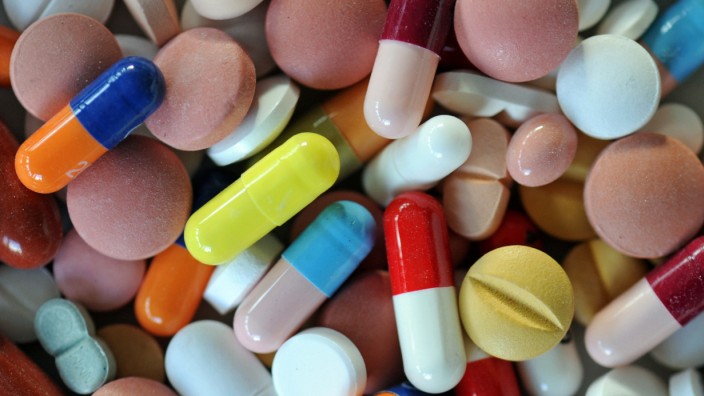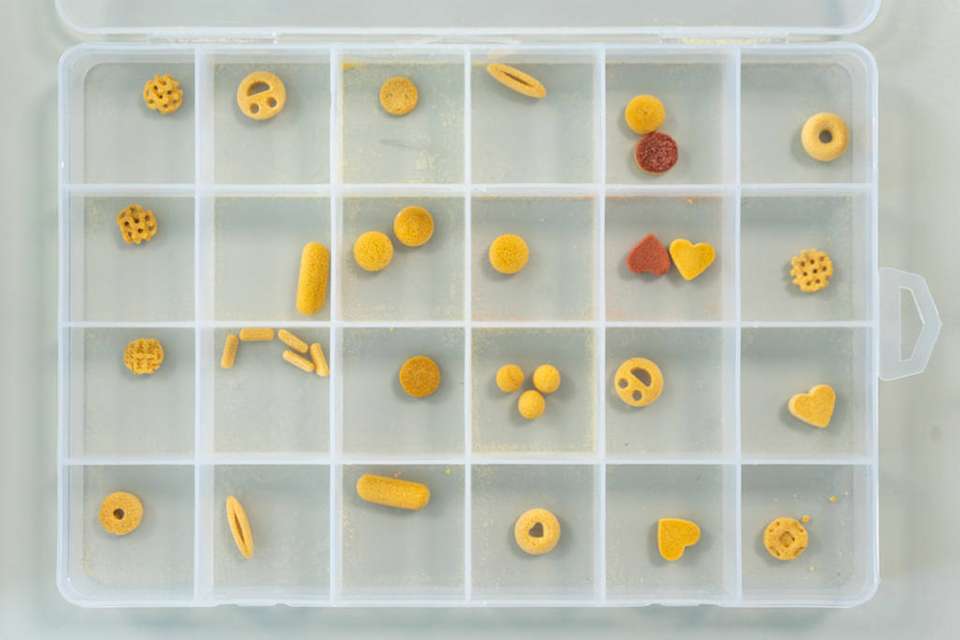Individualisierte Medizin: Fiktion oder Zukunft? Laut einer APOSCOPE-Umfrage glaubt jeder fünfte Apotheker, dass es in 30 Jahren kaum noch Fertigarzneimittel geben wird. Genauso viele finden, dass dann in jeder Apotheke ein 3D-Drucker stehen sollte.
Vor allem in der Onkologie und Rheumatologie ist die sogenannte stratifizierte Medizin längst Alltag: Mit Hilfe von Gentests wird bei mittlerweile mehr als 70 Wirkstoffen über alle Indikationen hinweg vor der Behandlung festgestellt, ob der Patient zu einer Subpopulation gehört, die auf die Therapie anspricht.
„Zukünftig wird ein Drittel der Arzneimittel auf diese Weise personalisiert sein“, so Schlebrowski, der bei Stada das Generikageschäft in Deutschland verantwortet. Nicht immer seien die Arzneimittel teuer; gerade nach Patentablauf seien mitunter die Test der eigentliche Kostenfaktor. Weil die Kassen die Diagnostika kaum übernehmen, müssen entweder die Hersteller oder die Patienten zahlen.
Gerade außerhalb der Klinik macht dies die Sache kompliziert. Unter den Generikaherstellern ist Stada diesbezüglich Branchenpionier: Der Konzern hat vier Tests im Portfolio – Antidepressiva, Statine, Tamoxifen und Clopidrogrel. Die Kosten zwischen 200 und 300 Euro sind laut Schlebrowski die größte Herausforderung. „Wir versuchen, in die Erstattung zu kommen.“
Die Firma DiHeSys arbeitet ebenfalls daran, mit ihrem 3D-Drucker in die Versorgung zu kommen. Denn die Industrie habe sich – vor allem bei festen Arzneiformen – immer weiter von der individualisierten Therapie entfernt. Riesige Chargen würden hergestellt, auch in dem Wissen, dass die Hälfte der Tabletten auf dem Müll lande.
„2D- und 3D-Druck gibt es schon seit 30 Jahren, er wurde aber im Pharmabereich nicht eingesetzt, weil die Hilfsstoffe der Pharmakopoen nicht druckbar waren“, erklärt Huber. Heute sei das kein Thema mehr, auch mehr als 80 Prozent aller Wirkstoffe können gedruckt werden. Nicht geeignet seien wegen der Temperaturen nur Antikörper, Proteine und Impfstoffe.
Den Kassen will er seine Technologie mit einem Stückpreis zwischen 15 und 20 Cent nicht nur mit weniger Arzneimittelmüll schmackhaft machen, sondern auch mit einem digitalen Komplettangebot: Über die elektronische Patientenakte lasse sich der Therapieerfolg – bis hin zu Fehltagen – kontrollieren. „Die voll digitale Herstellung ist das letzte Puzzleteil, um den Kreis zu schließen.“

3D printing: Pharmacy recipe 2.0 – how far ahead?
Individualized Medicine: Fiction or Future? According to an APOSCOPE survey, one in five pharmacists believes that in 30 years there will be hardly any finished drugs left. The same number think that every pharmacy should have a 3D printer.
Especially in oncology and rheumatology, so-called stratified medicine has long been part of everyday life: genetic tests are now used to determine whether a patient belongs to a subpopulation that responds to therapy in more than 70 active substances across all indications before treatment.
„In the future, one third of the drugs will be personalized in this way,“ says Schlebrowski, who is responsible for the generics business in Germany at Stada. The drugs are not always expensive; especially after patent expiry, the tests are sometimes the actual cost factor. Since the health insurance companies hardly pay for the diagnostics, either the manufacturers or the patients have to pay.
Especially outside the clinic, this makes things complicated. Among the generic drug manufacturers, Stada is an industry pioneer in this respect: the Group has four tests in its portfolio – antidepressants, statins, tamoxifen and clopidrogrel. According to Schlebrowski, costs between 200 and 300 euros are the biggest challenge. „We’re trying to get reimbursement.“
The company DiHeSys is also working on getting its 3D printer into the supply. Industry has moved further and further away from individualised therapy, particularly in the case of solid dosage forms. Huge batches are produced, even in the knowledge that half of the tablets end up in the trash.
„2D and 3D printing has been available for 30 years, but it was not used in the pharmaceutical sector because the excipients used in the pharmacopoeias could not be printed,“ explains Huber. Today, this is no longer an issue and more than 80 percent of all active ingredients can be printed. Only antibodies, proteins and vaccines are not suitable because of the temperatures.
With a unit price of between 15 and 20 cents, he wants to make his technology attractive to the health insurers not only with less pharmaceutical waste, but also with a complete digital offer: the success of the therapy can be monitored via the electronic patient file – even on days off. „The fully digital production is the last piece of the puzzle to complete the circle.“
Source: https://www.apotheke-adhoc.de

